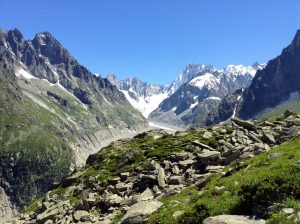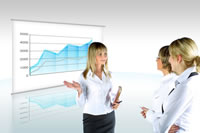Effective listening skills

I find it amazing in the modern world, where we have developed so far in technology, our understanding of history, and our sophisticated approach to communication and modern approaches to learning, that so many people still appear not to know how to listen well. Think about the last 2 or 3 social engagements you have been to, and whether you felt listened to, or even the last 1-1 with a friend or colleague. Depending on the study being quoted, we remember a dismal 25-50% of what we hear. That means that when you talk to your boss, colleagues, customers or spouse for 10 minutes, they only really hear 2½-5 minutes of the conversation!
Its interesting to reflect on whether listening is an intuitive skill, or something you can learn. I believe there is an element of both, but even if you aren’t a good natural listener, you can train yourself. The ability to hear is typically innate, but the ability to listen well is a skill that needs to be developed and practiced. Listening means paying attention and making a conscious effort to process what you hear. It is one of our most important skills and it is also one of the most overlooked. We often take our ability to listen for granted, even knowing that it plays a major role in good communication.
Nature has given us one tongue and two ears: the first ear is so we may listen to what the speaker says, and the other ear to listen to how the speaker says it.” Epicatus.
Road blocks to listening
It’s true that there are several blocks to good listening, that we can all look at and acknowledge we are guilty of at times, perhaps when we are anxious, tired, or even that the person we are “listening” to is well…boring and long winded!
- Comparing: “when that happened to me”
- Mind reading: trying to guess what the other person is really thinking or feeling
- Rehearsing: what you will say next
- Judging: you don’t really listen because you have already made up your mind
- Dreaming: only half listening because something that they have said triggers a memory for you
- Advising: you are the great problem solver, searching for the solution to their problems
- Derailing: changing the subject and taking the conversation off in another direction
- Being right: you cannot hear the criticism, if someone is feeding something back to you that you don’t like. If you cannot admit mistakes, you cannot change…
Most people have some aware of the classic communication research carried out by Professor Mehrabian that 55% of communication is non verbal (your body language, gestures, expressions, how you stand or sit), 38% is vocal (tone and pitch of your voice, speed at which you speak), and only 7% verbal (the words you use).
The value of Mehrabian’s theory relates to communications where emotional content is significant, and the need to understand it properly is great. This is often applicable in management and business, where motivation and attitude have a crucial effect on outcomes, but also has wider application for all our approaches to listening, and being able to pick up cues (and “clues”!) from the speaker.
“I like to listen. I have learned a great deal from listening carefully. Most people never listen.” Ernest Hemingway
A listening theory
There are some really interesting ideas on listening from Otto Scharmer in his new book “Theory U; leading from the future as it emerges”. He describes 4 types of listening:
Listening 1: Downloading
“Yeah, I know that already.” He calls this type of listening “downloading”—listening by reconfirming habitual judgments. When you are in a situation where everything that happens confirms what you already know, you are listening by downloading.
Listening 2: Factual
“Ooh, look at that!” This type of listening is factual or object-focused: listening by paying attention to facts and to novel or disconfirming data. You focus on what differs from what you already know. Factual listening is the basic mode of good science. You let the data talk to you. You ask questions, and you pay careful attention to the responses you get.
Listening 3: Empathic
“Oh, yes, I know exactly how you feel.” This deeper level of listening is empathic listening. When we are engaged in real dialogue and paying careful attention, we can become aware of a profound shift in the place from which our listening originates. Sometimes, when we say “I know how you feel,” our emphasis is on a kind of mental or abstract knowing. But to really feel how another feels, we have to have an open heart. Only an open heart gives us the empathic capacity to connect directly with another person from within. When that happens, we feel a profound switch as we enter a new territory in the relationship; we forget about our own agenda and begin to see how the world appears through someone else’s eyes.
 Listening 4: Generative
Listening 4: Generative
“I can’t express what I experience in words. My whole being has slowed down. I feel more quiet and present and more my real self. I am connected to something larger than myself.” This type of listening moves beyond the current field and connects us to an even deeper realm of emergence. He calls this level of listening “generative listening,” or listening from the emerging field of future possibility. This level of listening requires us to access not only our open heart, but also our open will: our capacity to connect to the highest future
Scharmer’s premise is that whilst there is usefulness in all 4 levels, that when you choose to listen from Level 3, empathetic listening, that your perspective is redirected to seeing the situation through the eyes of another, and Level 4 (generative listening) you realise that by the end of the conversation you are no longer the same person you were when it began. This may be an extreme aspiration, but why not? Occasionally, I have felt this both as a talker being listened to and grappling with something close to my heart and as a Coach listening to clients, and in some strange way, conscious of it happening at the time.
The bottom line is that listening is hard work! This is where you make a conscious effort to hear not only the words that another person is saying but, more importantly, to try and understand the total message being sent: you make a point of finding out what people think rather than making assumptions. However, it’s also often true that people who’ve listened first tend to get listened to, when they speak.
“An essential part of true listening is the discipline of setting aside ones own prejudices, frames of reference and desires, so as to experience the speakers world from the inside” Scott Peck
Following are some keys to listening well:
1. Give 100% Attention
Prove you care by suspending all other activities.
2. Respond
Responses can be both verbal and nonverbal (nods, expressing interest) but must prove you received the message, and more importantly, prove it had an impact on you. Speak at approximately the same energy level as the other person…then they’ll know they really got through and don’t have to keep repeating.
3. Prove understanding
To say “I understand” is not enough. People need some sort of evidence or proof of understanding. Prove your understanding by occasionally restating the gist of their idea or by asking a question which proves you know the main idea. The important point is not to repeat what they’ve said to prove you were listening, but to prove you understand. The difference in these two intentions transmits remarkably different messages when you are communicating.

4. Prove respect
Prove you take other views seriously. It seldom helps to tell people, “I appreciate your position” or “I know how you feel.” You have to prove it by being willing to communicate with others at their level of understanding and attitude. We do this naturally by adjusting our tone of vice, rate of speech and choice of words to show that we are trying to imagine being where they are at the moment.
Listening to and acknowledging other people may seem deceptively simple, but doing it well, particularly when disagreements arise, takes a combination of true talent, discipline and effort. As with any skill, listening well takes plenty of practice. It would be wonderful if more of the message of the usefulness and power of good listening could be spread…
How good a listener are you?
An interesting exercise called PERSONAL LISTENING HABITS ASSESSMENT here that you can complete, and talk through with someone to reflect on your listening skills, what you do well, and what you could improve.
 Retirement Wheel of Life
Retirement Wheel of Life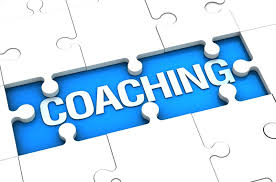
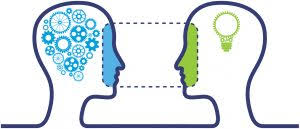
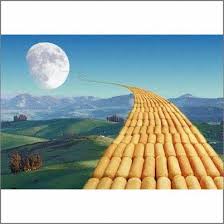




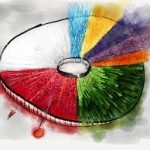


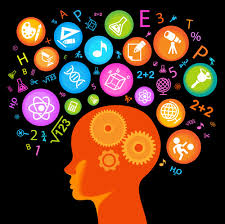


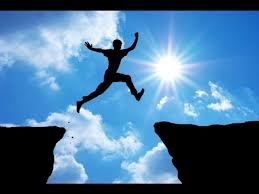
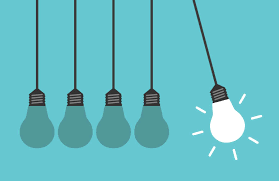



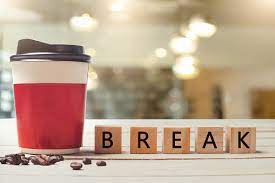
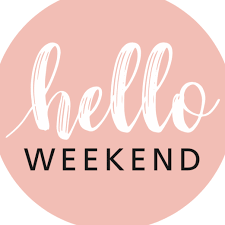





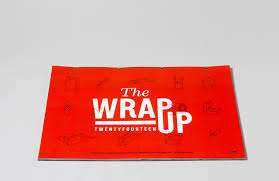



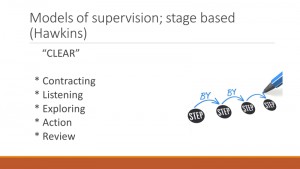

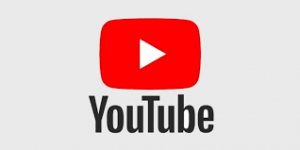


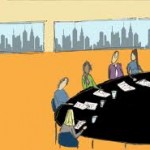
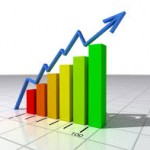


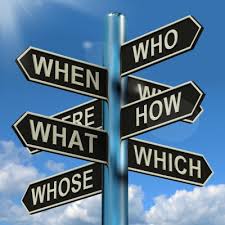 Powerful Coaching questions
Powerful Coaching questions





